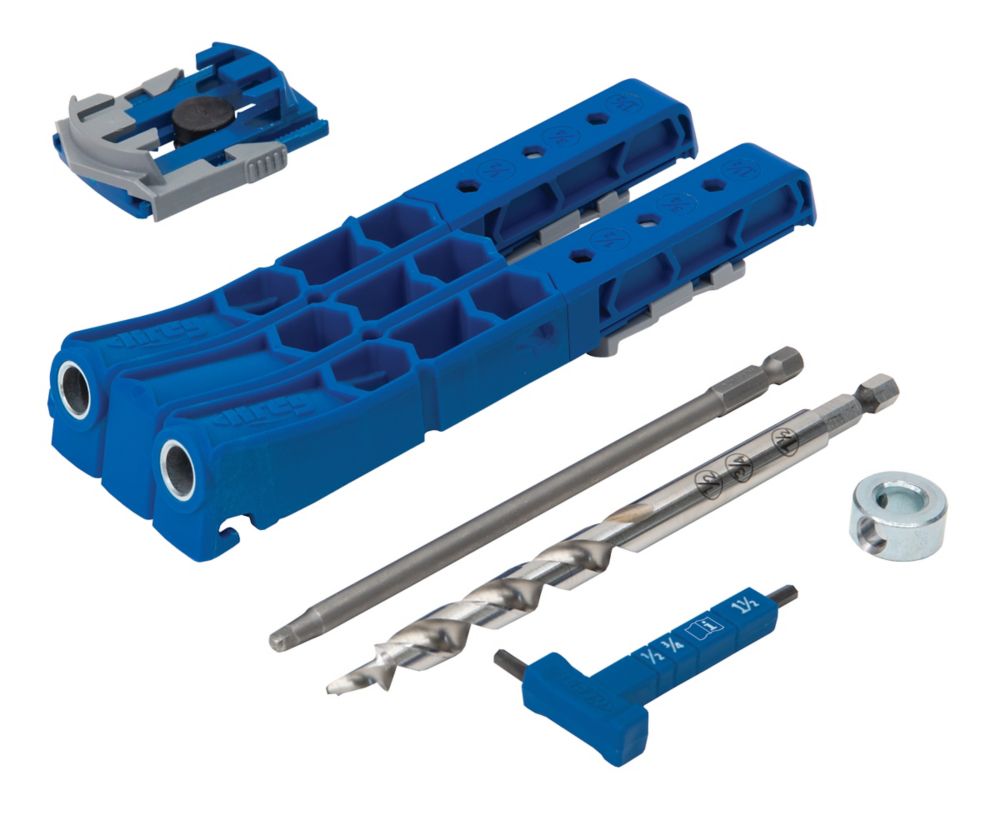

You might think “cool, but I don’t really need to build a lot of boxes,” but think about it a little more. If you’re using hardwood edging, choose fine-thread screws.īy joining boards or plywood panels together at 90° angles, you can easily build boxes of almost any size and shape. If your edging is softwood, use coarse-thread screws. If you’re using 1/2″-wide edging, choose 1″ screws, instead. For 3/4″ plywood and edging that’s at least 3/4″ wide, use 1 1/4″ screws. Drive in pocket-hole screws to secure the edging. You can sand to bring the faces flush, if needed.ĥ. So, make sure you align the faces that will show. Note that plywood is almost always thinner than solid wood of the same stated thickness. For the most seamless transition from the plywood to the solid wood, spread a thin layer of wood glue along the edge of the plywood.Ĥ. Drill pocket holes in the plywood along the edge(s) where you wish to add solid wood.ģ. The minimum width you’ll want to use is 1/2″, as that’s the narrowest width that will accept a pocket-hole screw.Ģ. Or you can rip edging to any width you want using the Adaptive Cutting System. You can make your solid-wood edging as wide as you want, and you can easily use dimensional boards. Cut your edging piece(s) to length, and to width if necessary. With pocket-hole joinery, you can cover those edges using solid wood with an edge banding joint.ġ. Plywood is a great material for project building but, in many cases, you won’t want to see the ply edges.


 0 kommentar(er)
0 kommentar(er)
